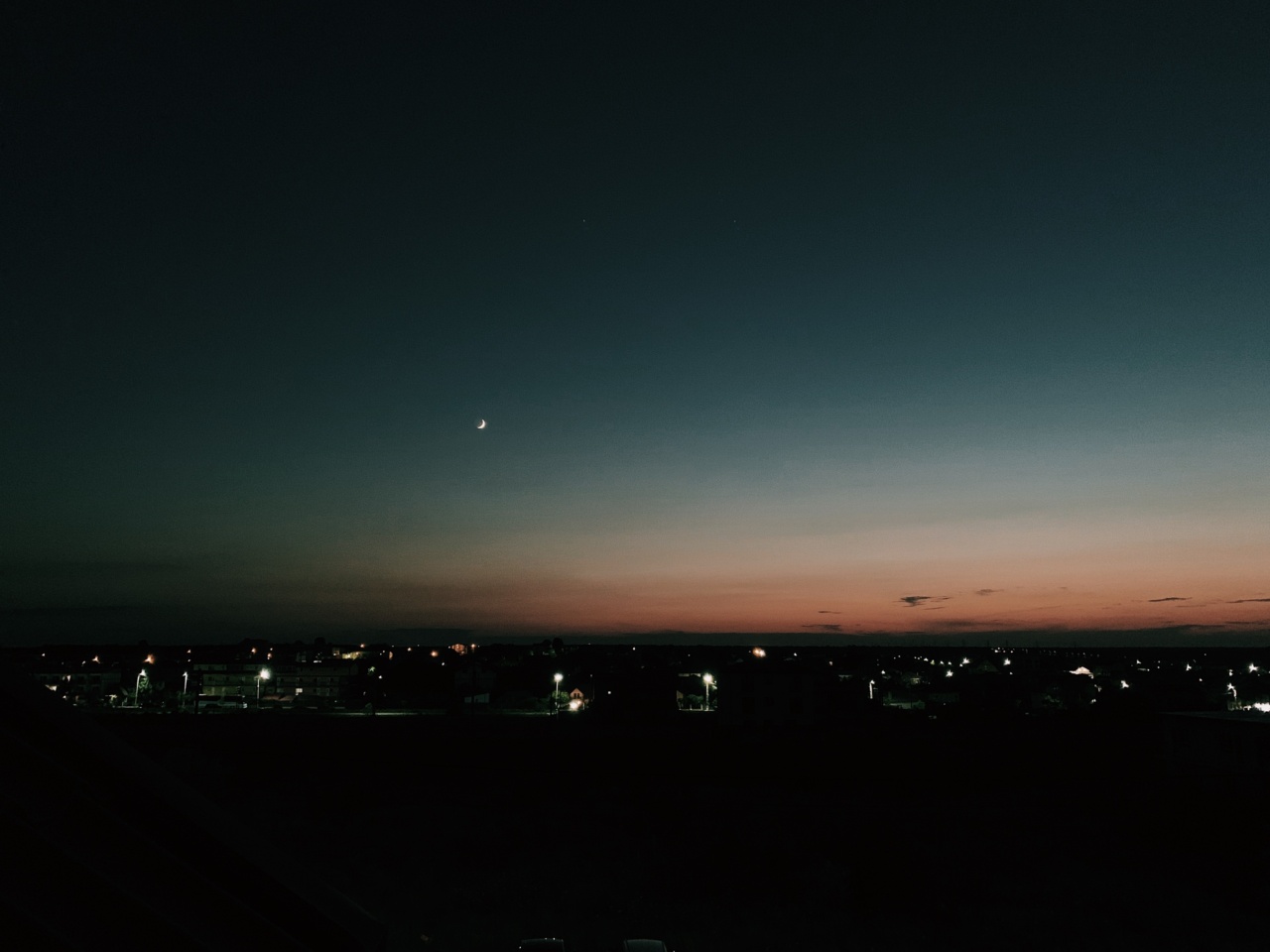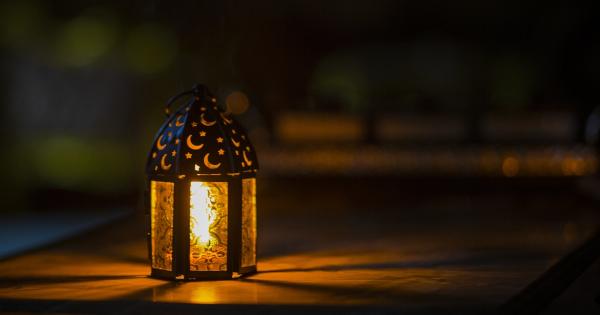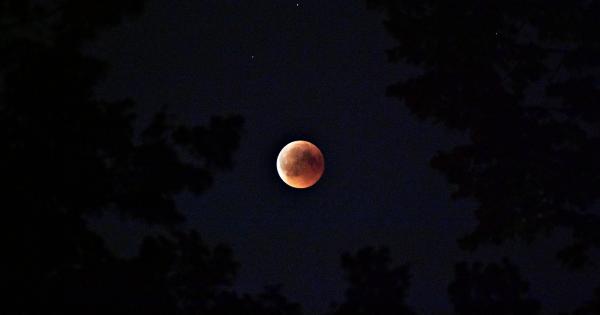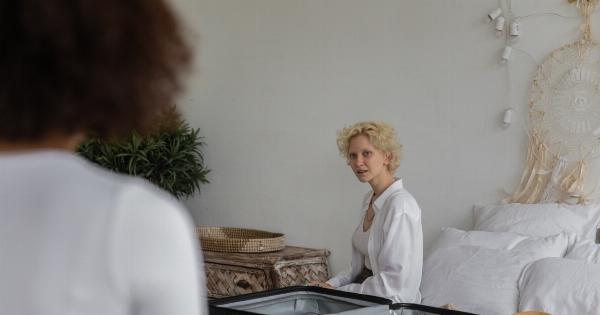For many people, a good night’s sleep is essential for their physical and mental well-being. However, several factors can disrupt our sleep, and one common culprit is light.
Whether it’s a streetlight outside your window or a lit phone screen in your bedroom, light can interfere with your body’s natural sleep cycle and impact the quality of your slumber. In this article, we’ll explore the effects of light on sleep and how much it bothers you.
How Does Light Affect Sleep?
Our body’s natural sleep-wake cycle is regulated by a hormone called melatonin produced by the pineal gland in the brain. Melatonin is released when it’s dark and suppressed when there is light.
Exposure to light, especially blue light emitted by electronic devices, can suppress melatonin production even in small amounts, making it harder to fall asleep and stay asleep. This is why experts recommend avoiding bright screens for at least an hour before bedtime.
The Role of Darkness
An ideal sleeping environment should be pitch-black, mimicking the darkness of a cave. However, not everyone lives in a perfectly dark environment.
Streetlights, passing cars, and even household gadgets like alarm clocks and cable boxes can emit light that interferes with your body’s natural sleep cycle. Even the tiniest amount of light can be disturbing because it signals to your brain that it’s time to wake up. That’s why many people invest in blackout curtains or wear eye masks to block out any light sources in their bedrooms.
The Impact of Light on Circadian Rhythm
Our bodies have an internal clock that regulates various physiological processes, including sleep, metabolism, and hormone release. This internal clock, known as the circadian rhythm, is influenced by external cues such as light and darkness.
Light exposure at night can disrupt the circadian rhythm, making it harder to fall asleep, stay asleep, and wake up feeling rested. This can lead to a condition called circadian rhythm sleep disorder, which is characterized by insomnia, excessive daytime sleepiness, and fatigue.
The Effects of Blue Light
Blue light is a type of high-energy visible light that is emitted by electronic devices like smartphones, tablets, and laptops. It’s also present in fluorescent and LED lighting.
Blue light has been shown to suppress melatonin production, making it harder to fall asleep and stay asleep. It can also disrupt the natural sleep-wake cycle, leading to daytime sleepiness and fatigue. Studies have also linked blue light exposure to an increased risk of obesity, diabetes, and other health problems.
The Severity of Sleep Disturbances
The severity of sleep disturbances caused by light can vary from person to person.
Some people may be highly sensitive to even the smallest amount of light, while others may be able to sleep through bright streetlights or electronic devices in their bedrooms. The degree of sleep disturbance can also depend on the duration and intensity of light exposure. Consistent exposure to light at night can lead to chronic sleep problems and a range of health issues.
How to Improve Your Sleep in Light-Exposed Areas
There are several strategies you can use to improve your sleep quality if you live in a light-exposed area:.
- Install blackout curtains or shades to block out streetlights or other outdoor lighting.
- Use a sleep mask to shield your eyes from indoor light sources.
- Avoid using electronic devices that emit blue light before bedtime.
- Use bulbs that emit warm, dim light, which is less likely to interfere with sleep.
- Turn off or cover any electronics or appliances that emit light in your bedroom at night.
Conclusion
Light exposure at night can have a significant impact on your sleep quality and overall health. Blue light emitted by electronic devices can suppress melatonin production, making it harder to fall asleep and stay asleep.
Light exposure can also disrupt your circadian rhythm, leading to a host of health problems. Fortunately, there are several strategies you can use to block out light sources and improve your sleep quality, even if you live in a light-exposed area.
By taking action to ensure your sleeping environment is dark and comfortable, you can increase your chances of getting a good night’s sleep.





























